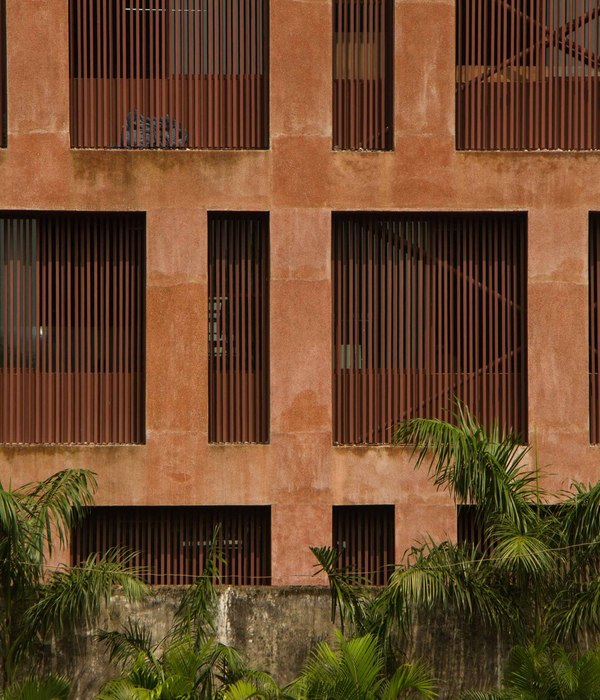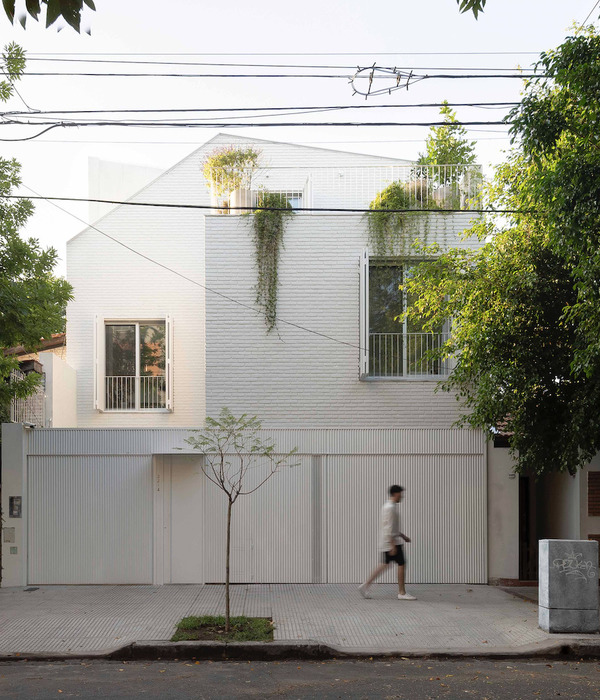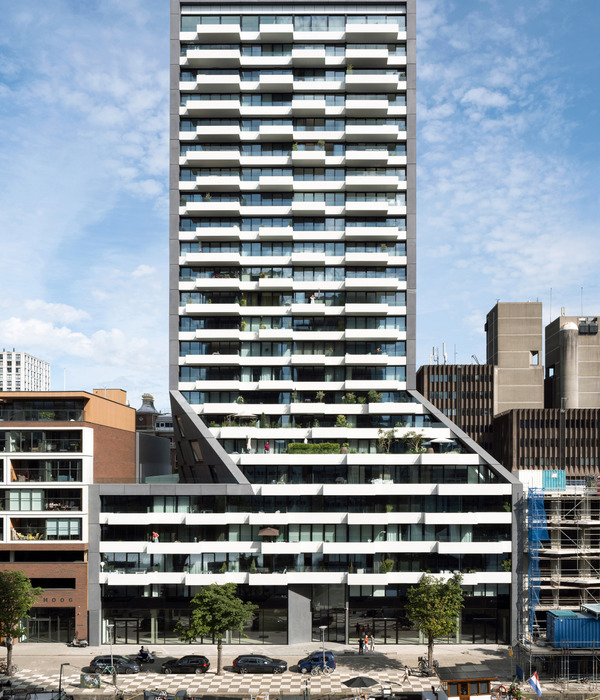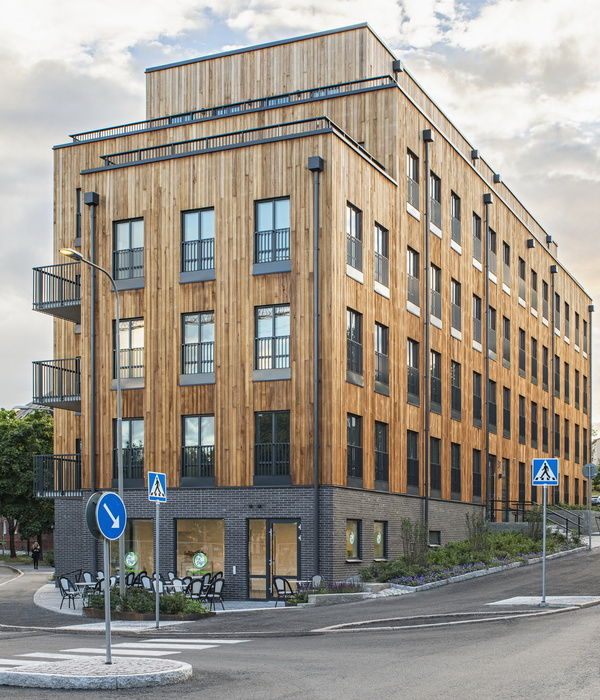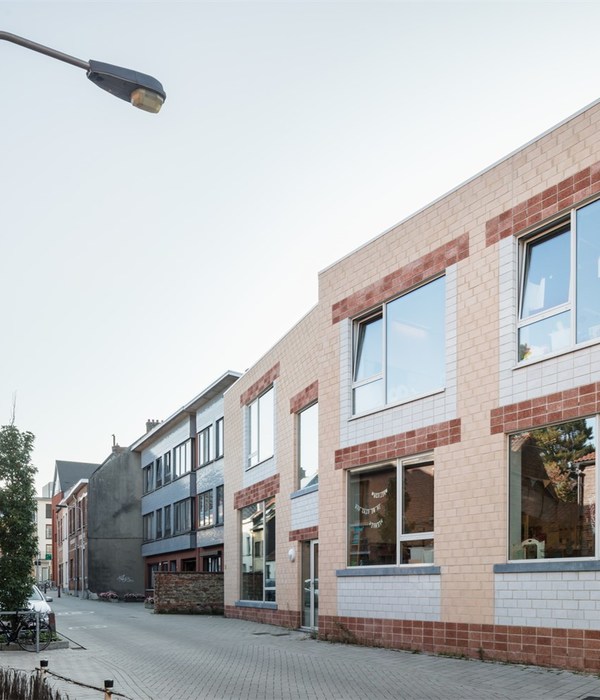Architects:Team V Architecture
Area :14500 m²
Year :2022
Photographs :Jannes Linders
Contractors :J.P. van Eesteren
Advisor Construction, Installations, Building Physics, Acoustics, Sustainability And Fire Safety : Arup
Client : Lingotto
Certificates : BREEAM Outstanding
City : Amsterdam
Country : The Netherlands
@media (max-width: 767px) { :root { --mobile-product-width: calc((100vw - 92px) / 2); } .loading-products-container { grid-template-columns: repeat(auto-fill, var(--mobile-product-width)) !important; } .product-placeholder__image { height: var(--mobile-product-width) !important; width: var(--mobile-product-width) !important; } }
HAUT, a residential tower, is a prototype for building innovative and environmentally-friendly high-rise timber structures. The team – Team V Architecture, Lingotto, Arup, and J.P. van Eesteren - built an ambitious sustainable building: a timber skyscraper, with 21 floors one of the tallest timber towers in the world. Never before has this highest sustainability rating – BREEAM Outstanding - been awarded to a residential building in the Netherlands.
As a result of the new techniques for a timber hybrid tower of 73 meters high, there is interest from all over the world for this combination of sustainability and urban densification. The development site of HAUT beside the River Amstel did not simply go to the highest bidder. In assessing offers, the municipality of Amsterdam also weighed both architectural quality and sustainability. The selected proposal is a 21-story residential tower in timber, one of the tallest wooden structures in the world. The innovative project has helped put timber back on the world map as a structural building material.
Sustainability. In contrast to concrete and steel, timber production causes no carbon emissions. Timber actually stores carbon. Moreover, timber is renewable if harvested from sustainable forestry production. HAUT is an example of innovative sustainability in other ways, too. The building is fitted with solar panels on the roof and facade, cooling is sourced from the ground, sensor-controlled thermostats adjust low-temperature floor heating and cooling, nesting boxes for birds and bats, charging points for shared electric cars, and a rooftop garden with rainwater storage.
Hybrid timber. The load-bearing structure of HAUT is made of cross-laminated timber (CLT) panels manufactured off-site, ensuring low waste production and fast, clean on-site assemblage. As there are no standard building regulations for high-rise timber construction, the design team has invested considerable time and energy in technical innovation and safety. Floors and walls are constructed in timber, but a structure made completely of timber in wet and windy Amsterdam would be impossible. Consequently, the foundations, basements, and core are constructed in concrete.
HAUTE Architecture. A benefit of timber construction is that it offers a warm feel and allows for a high level of customization, or bespoke ’Haute architecture’. CLT panels are easily adaptable during prefabrication, offering first buyers options in the size and layout of their apartment, the number of floors, and the positioning of double-height spaces, galleries, and balconies. Unlike most timber buildings, only the inner walls of HAUT are load-bearing, allowing for floor-to ceiling windows in the facade. The irregular pattern of balconies and the pronounced, double-height spaces facing the River Amstel make HAUT’s architecture highly distinctive.
Acceleration. Ever since Team V Architecture started on HAUT in 2016, they are advocating the use of mass timber in building design. This project helped to accelerate the shift from traditional construction in concrete and steel to timber as the more sustainable alternative. Since publishing HAUT’s design, Team V is asked to give lectures and join workshops on mass timber construction all over the world, from Europe and New Zealand to Canada. All four partners - Lingotto, Arup, J.P. van Eesteren and Team V – have become experts in complex timber hybrids towers, and regularly share their knowledge, with decision makers, engineers, designers, builders, and students - the new generation.
Relevance. HAUT is a pioneer of timber highrises. In order to win this tender, the developer Lingotto had to put together a strong design team. The first phone call went to Team V Architecture. Do Janne Vermeulen (architect and director at Team V), together with engineer Mathew Vola (director Arup Netherlands) suggested the plan to build in timber: “The first reason, of course, is to build more sustainably, but the second, is the architecture. You can really show the timber, especially indoors. You experience the wood as a warm material in your home.” Mathew Vola, a specialist in timber constructions: “There is a climate problem to which the construction industry contributes significantly. About a quarter of all CO2 emissions come from the construction industry. The more wood we use, the less concrete and the less CO2 emissions. In addition, CO2 is also stored in wood. It's a win-win.”
Meaningful change. In a country with a tradition of building in concrete and steel, a timber residential tower is an exception, and therefore more expensive to make. Do Janne: “It is only a matter of time. If you want to capitalize on the advantages of a shorter construction time and lighter construction, this is only possible if it becomes easier to implement. I think the entire construction chain should be more aware of the possibilities. If everyone becomes more familiar with it, timber will be chosen more quickly and costs will decrease.” HAUT contains 2800m3 of CLT, which grows in about two hours in the Austrian production forests. The greater the demand for timber, the more production forests will be planted. This leads to greater CO2 absorption and more CO2 storage. More timber means less concrete.
Distinctiveness. It was soon established that HAUT’s mainly timber construction had to be designed under the principle; of “timber where possible, steel or concrete where necessary”. Gerard Comello of Lingotto: “Of course, we went for the highest ambition: BREEAM Outstanding. You have to do a lot to get the highest BREEAM score. Everything you can come up with in the field of sustainability, you have to pull out all the stops in order to achieve the full five stars.” HAUT is equipped with 1,500 m2 of solar panels on the roof and in the facade, a thermal energy storage system, sensor-controlled installations with low-temperature underfloor heating and cooling, nesting boxes for birds and bats, charging points for electric shared cars, and a roof garden with rainwater storage.
Multidisciplinary Approach. Architect Do Janne Vermeulen: “I think that municipalities should use these criteria more often in tenders. It is one of the few means available to be able to manage quality in an early phase, even before a building permit committee or zoning plan has been established. By involving market parties at an early stage and setting the bar very high as a municipality, you get ambitious and good results. In short, it increases capacity to realize a resilient, accessible, and sustainable city.”
▼项目更多图片
{{item.text_origin}}


